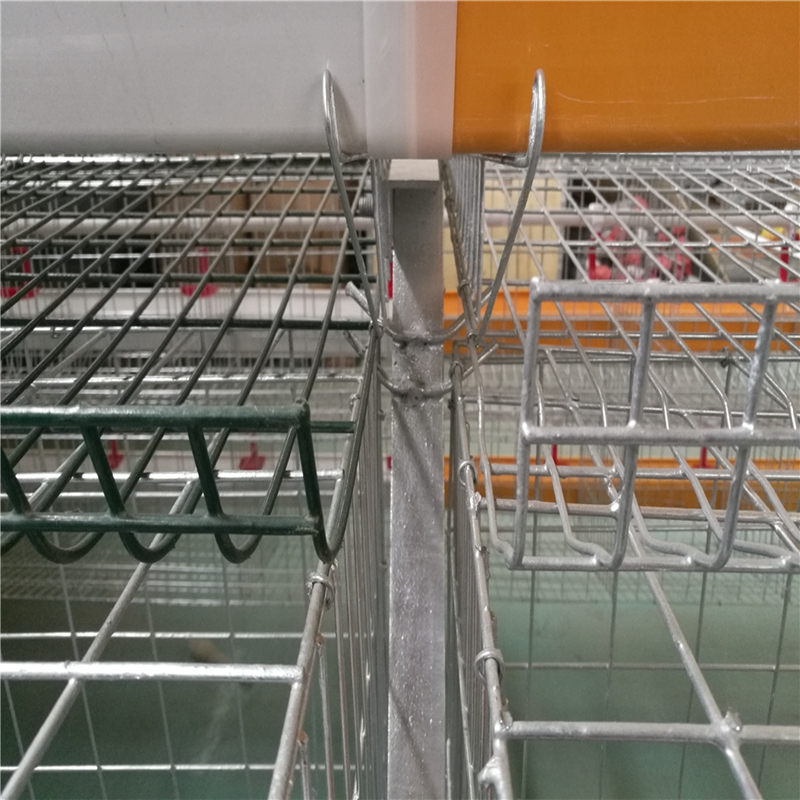Efficient Feed Pelletizing Solutions for Optimal Animal Nutrition and Growth
Desemba . 23, 2024 05:24 Back to list
Efficient Feed Pelletizing Solutions for Optimal Animal Nutrition and Growth
Understanding Feed Pelletizer Machines
In the modern agricultural landscape, the significance of efficient and high-quality animal feed production cannot be overstated. One crucial piece of equipment that plays a pivotal role in this process is the feed pelletizer machine. These machines are designed to convert powdered feed materials into pellet form, enhancing the nutritional intake of livestock and ensuring a better feed management system. In this article, we delve into the workings, advantages, types, and maintenance of feed pelletizer machines.
What is a Feed Pelletizer Machine?
A feed pelletizer machine is an industrial device that compresses feed ingredients—such as grains, vitamins, minerals, and other nutrients—into compact pellets. This process not only improves the digestibility of the feed but also reduces waste and enhances feed efficiency. By forming pellets, the feed becomes easier to store, transport, and handle.
How Does a Feed Pelletizer Work?
The process begins with raw feed materials that are typically ground into a powder to ensure uniformity. These ingredients are then mixed to create a homogeneous feed mixture. The feed pelletizer machine employs heat, moisture, and mechanical pressure to compact this mixture into pellets. The main components of a feed pelletizer include the die, rollers, and a conditioning chamber.
1. Die The die is a critical component where the feed mixture is forced through holes to form pellets. Different die designs and sizes can produce pellets of varying dimensions, ranging from 1mm to 20mm in diameter.
2. Rollers The rollers apply pressure on the feed mixture as it passes through the die. The force exerted by the rollers is vital for maintaining the quality of the pellets.
3. Conditioning Chamber Before entering the pellet die, the feed is often conditioned with steam or other liquids in this chamber. This step helps to soften the ingredients, making them more pliable for the pelleting process.
Advantages of Using Feed Pelletizer Machines
The use of feed pelletizer machines comes with several advantages that make them an essential component in animal husbandry
1. Improved Nutritional Value Pelleted feed retains more nutrients compared to loose feed. The compact form reduces oxidation and spoilage, ensuring that the animals receive the maximum nutritional benefit.
feed pelletizer machines

2. Reduced Feed Waste Animals tend to waste less food when it is in pellet form. The uniform size and shape promote better consumption, leading to more efficient feeding practices.
3. Enhanced Digestibility Pellets increase the surface area of the feed, which aids in the digestion and absorption of nutrients by the animals. This leads to improved growth rates and overall health.
4. Convenient Storage and Transportation Pellets are easier to store and transport than bulk feed. They require less space and have a lower risk of spoilage, making them ideal for both small farms and large-scale agricultural operations.
Types of Feed Pelletizer Machines
There are various types of feed pelletizer machines available in the market, tailored to different production scales and requirements
1. Flat Die Pelletizers These are commonly used in small-scale operations. They are easy to operate and maintain but have lower output compared to ring die pelletizers.
2. Ring Die Pelletizers Used in larger-scale operations, these machines offer higher production capacity and are suitable for producing high-quality pellets.
3. Mini Pelletizers Ideal for small farming operations or personal use, mini pelletizers are compact and efficient for producing limited quantities of feed.
Maintenance of Feed Pelletizer Machines
To ensure optimal performance and longevity of feed pelletizer machines, regular maintenance is essential. Key maintenance practices include
- Routine Cleaning Keeping the machine clean helps to prevent contamination and ensures consistent feed quality. - Lubrication Regular lubrication of moving parts reduces wear and tear and enhances efficiency. - Calibration Periodic checking of the die and roller mechanism ensures a uniform pellet size and quality.
In conclusion, feed pelletizer machines are indispensable in modern feed production. By converting raw feed ingredients into nutritious pellets, they contribute to improved animal health and efficiency in farming operations. Whether in small-scale farms or large agricultural enterprises, the benefits they provide make them an essential investment for any serious livestock producer.
-
Automatic Feeding Line System - Anping Yize | Efficiency&Durability
NewsJul.29,2025
-
Automatic Feeding Line System - Anping Yize|Poultry Efficiency&Durability
NewsJul.29,2025
-
Automatic Feeding Line System-Anping County Yize Metal Products Co., Ltd.|Durable PP Material&Easy Maintenance
NewsJul.29,2025
-
Automatic Feeding Line System-Pan Feeder Nipple Drinker|Anping County Yize Metal Products Co., Ltd.
NewsJul.29,2025
-
Hot Sale 24 & 18 Door Rabbit Cages - Premium Breeding Solutions
NewsJul.25,2025
-
Automatic Feeding Line System Pan Feeder Nipple Drinker - Anping County Yize Metal Products Co., Ltd.
NewsJul.21,2025






